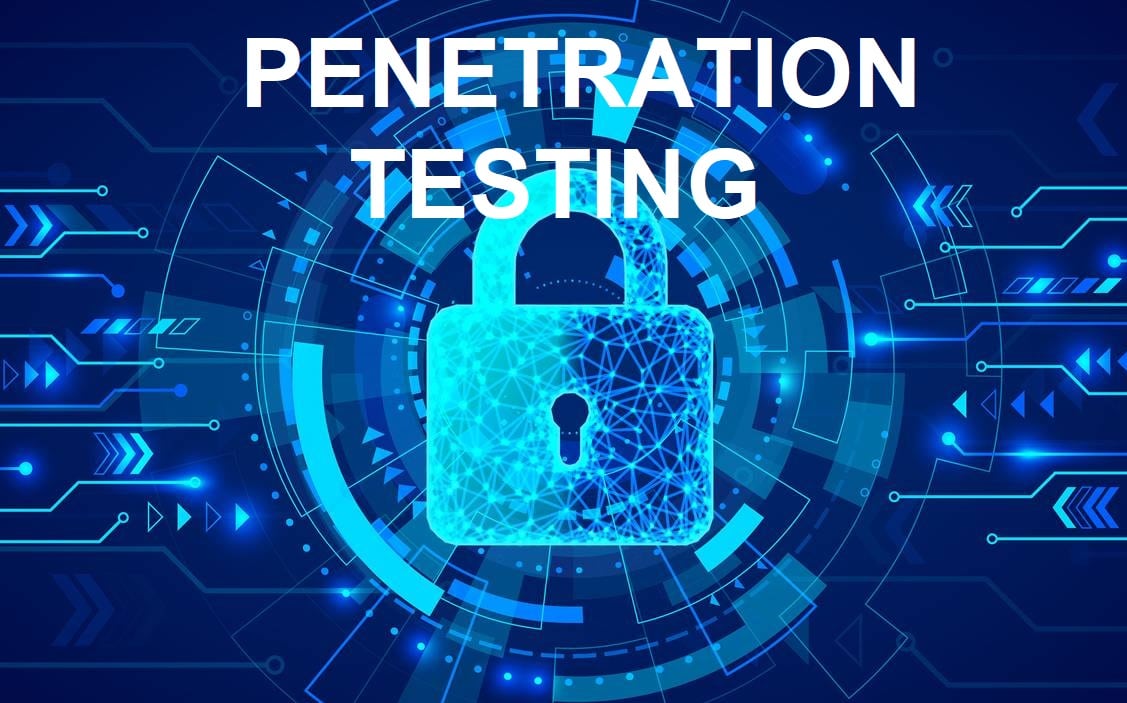Penetration Test Malaysia

A Penetration Test or Pen Test is an authorized and simulated cyber attack on a computer system, application, or network to evaluate the security of the system. The purpose of a pen test is to identify vulnerabilities that could be exploited by a malicious actor to gain access to sensitive data, disrupt operations, or cause other damage.

Types of Penetration Tests

External Penetration Test: Simulates an attack from outside the organization’s network, typically from the internet. Focuses on vulnerabilities exposed to the public internet.
Internal Penetration Test: Assesses the security of a network from within the organization’s internal network. This type of assessment is usually conducted to evaluate the effectiveness of internal security controls and identify vulnerabilities that could be exploited by insider threats.
Web Application Penetration Test: Specifically targets web applications and web services to identify vulnerabilities that could allow attackers to compromise the application or access sensitive data.
Mobile Application Penetration Test: Evaluates the security of mobile applications and identifies vulnerabilities that could compromise user data or the integrity of the application.
Benefits of Penetration Testing
Increased Security: Pen tests help identify and mitigate security vulnerabilities, reducing the risk of a successful cyberattack.
Improved Compliance: Many regulations and standards require organizations to conduct regular penetration tests to demonstrate compliance with security requirements.
Proactive Approach: Pen tests proactively identify vulnerabilities before they can be exploited by malicious actors, allowing organizations to take steps to address the identified risks.
Peace of Mind: Pen tests provide organizations with peace of mind knowing that their systems have been thoroughly tested for vulnerabilities.
Choosing a Penetration Testing Provider
When selecting a penetration testing provider, it is important to consider factors such as:
Expertise and Experience: Choose reputable providers with a proven track record and industry certifications.
Methodology: Ensure the provider uses a structured and proven methodology for conducting pen tests.
Reporting: Verify the provider offers detailed and actionable reports that highlight vulnerabilities and provide recommendations for remediation.
Pricing: Compare pricing models and ensure the provider offers transparent and competitive pricing.
Flexibility: Select a provider that can accommodate your organization’s specific needs, including scope, timeline, and reporting requirements.
By conducting regular penetration tests with a qualified provider, organizations can improve their overall security posture, comply with regulations, and proactively address potential threats.## Penetration Test Malaysia
Executive Summary
A penetration test (pentest) is an authorized simulated cyberattack on a computer system, network, or web application to find vulnerabilities that an attacker could exploit. Penetration testing helps organizations identify and fix security weaknesses before they can be exploited by malicious actors.
Introduction
Penetration testing is an essential part of any comprehensive cybersecurity strategy. By simulating real-world attacks, penetration tests can help organizations identify and fix vulnerabilities before they can be exploited by malicious actors. Penetration tests can also help organizations comply with industry regulations and standards, such as the Payment Card Industry Data Security Standard (PCI DSS).
FAQs
1. What are the benefits of penetration testing?
Penetration testing provides several benefits for organizations, including:
- Identifies security vulnerabilities that could be exploited by malicious actors
- Helps organizations comply with industry regulations and standards
- Provides peace of mind knowing that your systems are secure
2. How often should I conduct penetration tests?
The frequency of penetration tests depends on several factors, including the size and complexity of your organization, the sensitivity of the data you store, and the regulatory environment you operate in. However, it is generally recommended to conduct penetration tests at least once per year.
3. How much does penetration testing cost?
The cost of penetration testing varies depending on the size and complexity of your organization and the scope of the test. However, you can expect to pay between $5,000 and $50,000 for a comprehensive penetration test.
Types of Penetration Tests
There are several types of penetration tests, each with its own focus and objectives.
External Penetration Testing
External penetration testing focuses on identifying vulnerabilities that could be exploited by an attacker from outside the network. This type of test typically involves scanning the network for vulnerabilities, attempting to exploit known vulnerabilities, and testing the effectiveness of security controls.
Internal Penetration Testing
Internal penetration testing focuses on identifying vulnerabilities that could be exploited by an attacker who has already gained access to the network. This type of test typically involves simulating an attack from within the network, attempting to escalate privileges, and accessing sensitive data.
Web Application Penetration Testing
Web application penetration testing focuses on identifying vulnerabilities in web applications. This type of test typically involves scanning the application for vulnerabilities, attempting to exploit known vulnerabilities, and testing the effectiveness of security controls.
Mobile Application Penetration Testing
Mobile application penetration testing focuses on identifying vulnerabilities in mobile applications. This type of test typically involves scanning the application for vulnerabilities, attempting to exploit known vulnerabilities, and testing the effectiveness of security controls.
Wireless Penetration Testing
Wireless penetration testing focuses on identifying vulnerabilities in wireless networks. This type of test typically involves scanning the network for vulnerabilities, attempting to exploit known vulnerabilities, and testing the effectiveness of security controls.
Conclusion
Penetration testing is an essential part of any comprehensive cybersecurity strategy. By simulating real-world attacks, penetration tests can help organizations identify and fix vulnerabilities before they can be exploited by malicious actors. Penetration tests can also help organizations comply with industry regulations and standards. If you are not already conducting penetration tests, I urge you to consider doing so.
Keyword Tags
- Penetration testing
- Cybersecurity
- Vulnerability assessment
- Compliance
- Security
